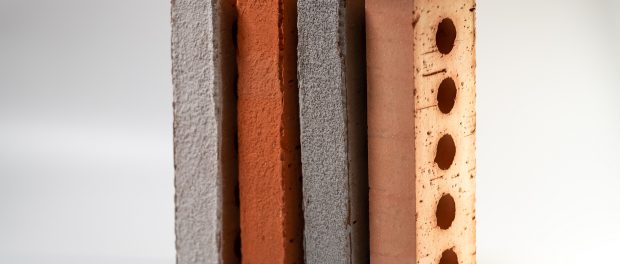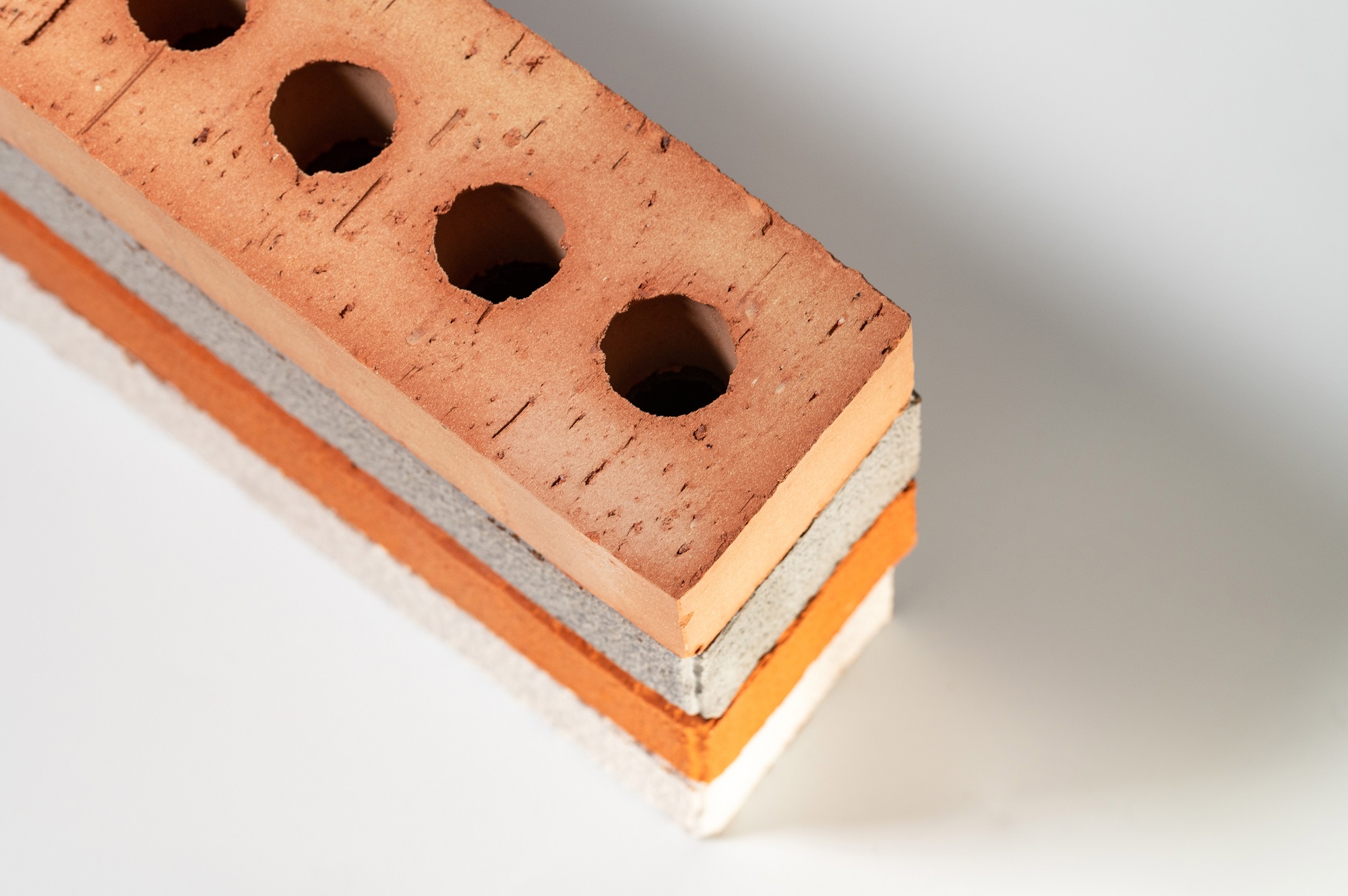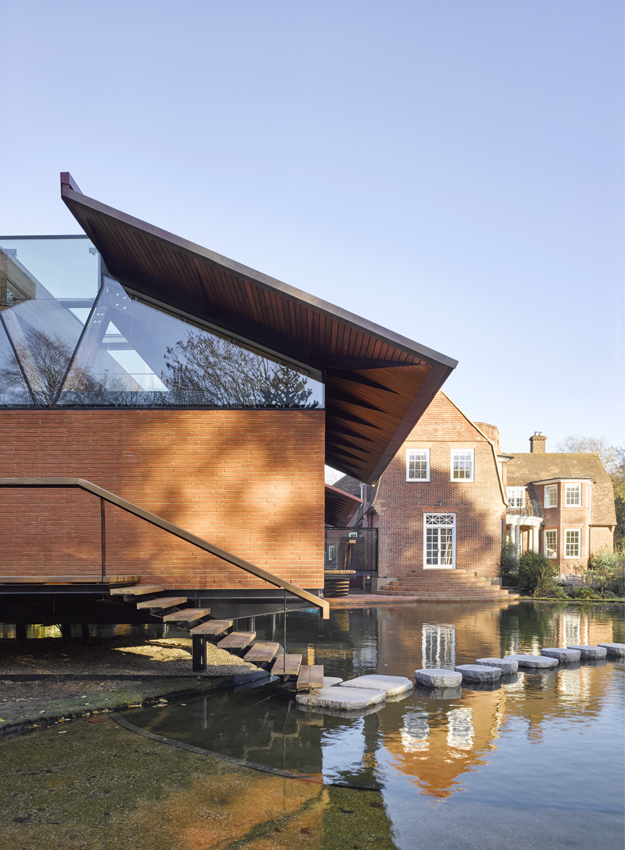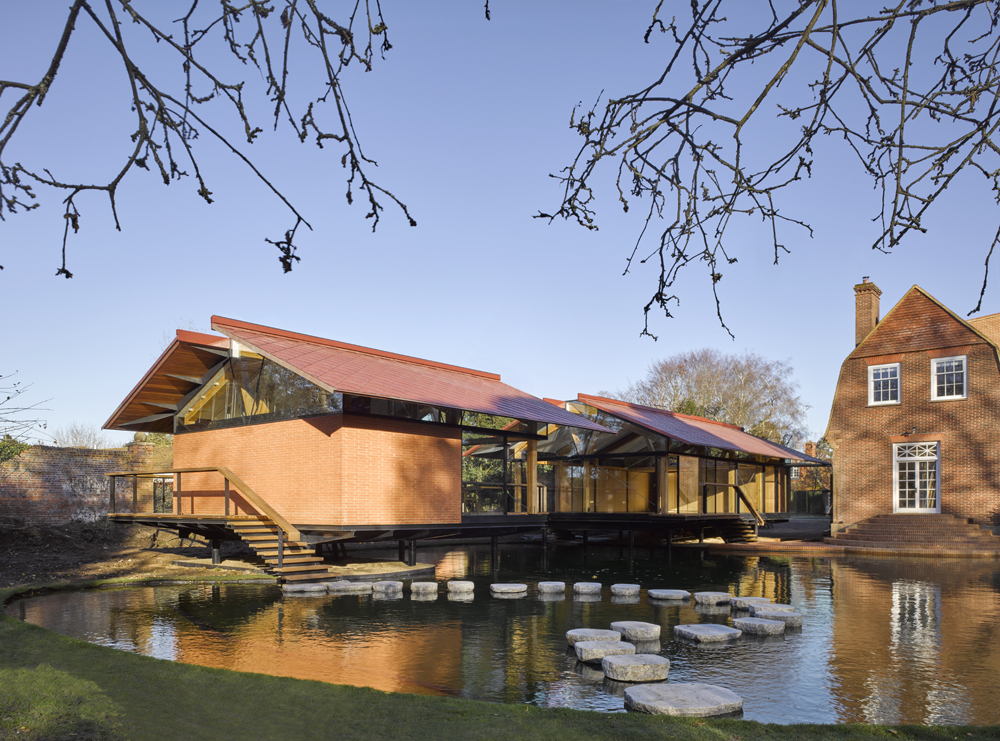The rising popularity of Roman bricks in contemporary architecture

As an architect, Roman bricks can be a powerful way to add style and substance to your structures. In this article, we’ll explain how. First, we’ll peer into the past to see where Roman bricks originated. Then, we’ll journey back to the present to discuss how you can use Roman bricks in your current projects.
A brief history of Roman bricks and their modern resurgence
Roman bricks began as simple sundried mud blocks and evolved into mass-produced, kiln-fired bricks. The Romans were the first to begin large-scale brick production, using mobile kilns transported by legions on their imperial campaigns. This innovation led to a boom in public building projects across their vast empire. After the empire’s fall, brick production in Europe plummeted, but Roman bricks were often repurposed in Medieval buildings. St Albans Cathedral is one such structure that reused Roman bricks and still stands today, as is the moat wall of Hampton Court Palace.
The Roman brick made a comeback in the 20th century as an alternative to the imperial brick. It was particularly popular for mid-century American housing, in part thanks to Frank Lloyd Wright’s Usonian style. One of Roman brick’s advantages is that its dimensions have never been universally fixed, allowing manufacturers to design them in a variety of heights, lengths, and widths.
Roman bricks vs. imperial bricks
Roman bricks are typically longer and flatter than metric bricks. The dimensions of Roman bricks can vary significantly, but they often measure around 400mm long, 100mm wide, and 40mm high.
In contrast, standard metric bricks in the UK are usually 215mm long, 102.5mm wide, and 65mm high. This difference in size allows Roman bricks to create unique horizontal lines and patterns that can add a distinct visual appeal to contemporary buildings.
Some manufacturers also produce ‘wirecut rustic’ versions of Roman bricks, which provide additional texture and a sense of natural flair. This makes them ideal for projects that aim to blend modern design with a touch of historical charm, and to harmonise more recent structures with older brickwork. Our I-line FR5 Polaris is a great example of this.
Why use Roman bricks in your project?
Today, Roman bricks are enjoying renewed popularity in architecture. Their sleek, elongated profile lends a classic, yet contemporary look to buildings, helping to blend historical charm with modern design. They are especially useful for:
- Improving the aesthetic appeal of your structure: The extended length of Roman bricks allows for creative bricklaying patterns, adding a touch of sophistication that has proved timeless many times over.
- Taking advantage of material versatility: You can use Roman bricks for various applications, from façades and feature walls to fireplaces and decorative bands.
- Building something that will last: Roman bricks boast the same durability as imperial bricks, exemplified by the Ancient Roman buildings still standing today. They provide structural integrity and long-lasting performance.
What can you achieve with Roman bricks?
With Roman bricks, you can achieve a wide range of architectural effects. They add both texture and depth to building designs such as Ronald McDonald House in Lambeth, which used our i-line range.
One of Roman bricks’ main strengths is their ability to accentuate a structure’s horizontal and linear aspects. Their extended length allows for eye-catching bricklaying patterns, such as running bonds or stack bonds. These can increase the visual impact of façades and other areas.
This is ideal for projects aiming to create a sense of continuity and flow in the design, such as renovations and extensions. Architect; Hamish & Lyons used our i-line range to achieve this effect for Stepping Stone House in Hampshire, which required an extension to a manor house that is raised above a lake on stilts.
You can also use them to enhance interior spaces, such as feature walls, fireplaces, or decorative sills. In short, they are a versatile and durable addition to any design.
Echoing the past to build for the future
Whether you use them in contemporary designs or heritage restorations, Roman bricks will ensure that your structures remain striking and resilient for generations to come.
Our Floren.be brand has been manufacturing bricks since 1896 and offers Roman bricks with its innovative i-line range. The i-line range is known for its durability, low environmental impact, and diverse colours and textures.
Whatever your project or specification, the team at Floren.be can help you identify the Roman linear bricks you need to add that extra flourish to your design. Get in touch today to find out more.





